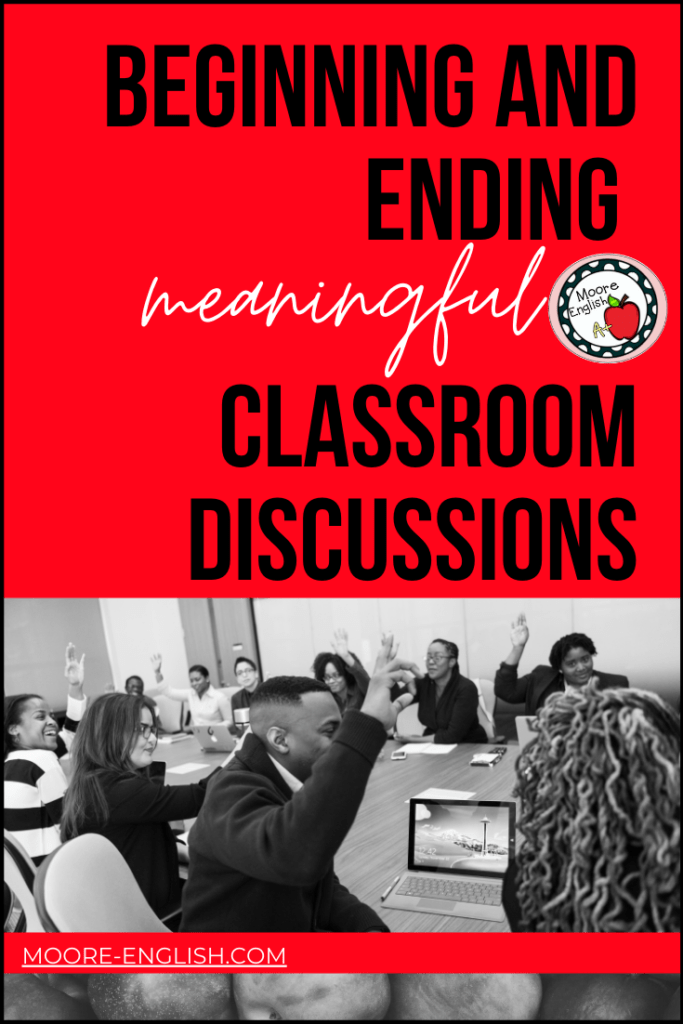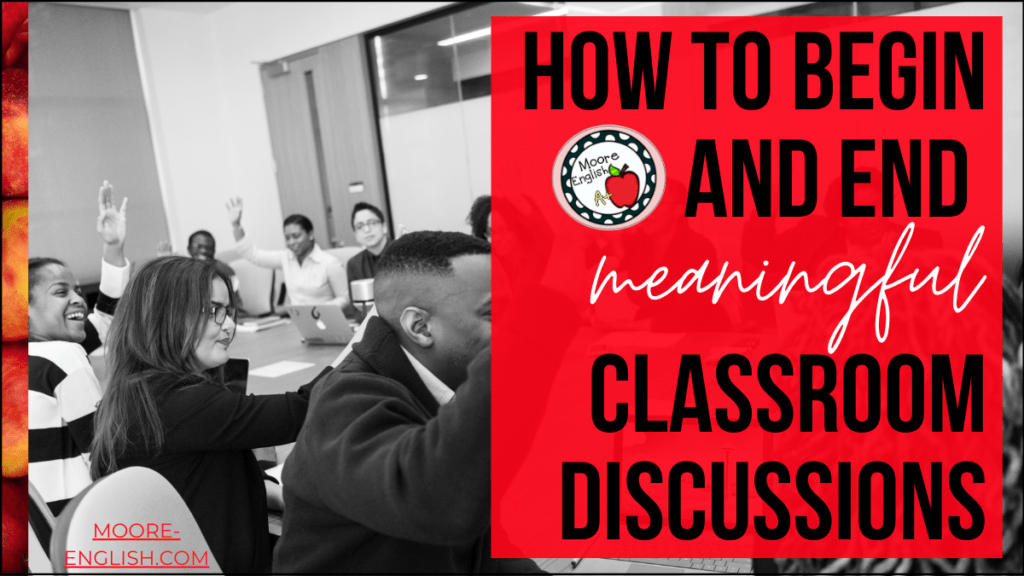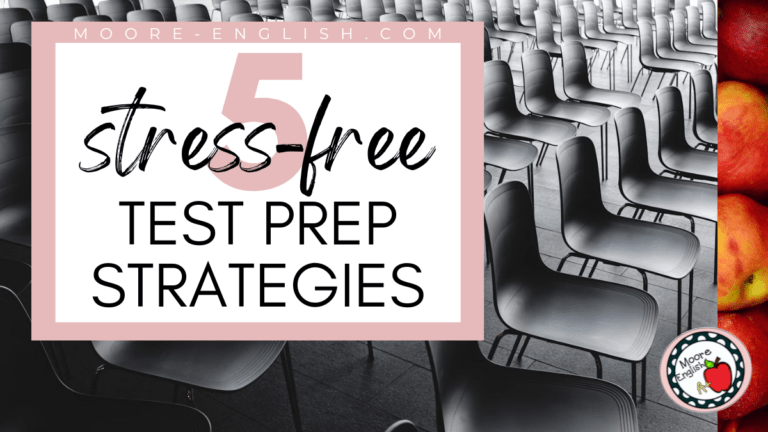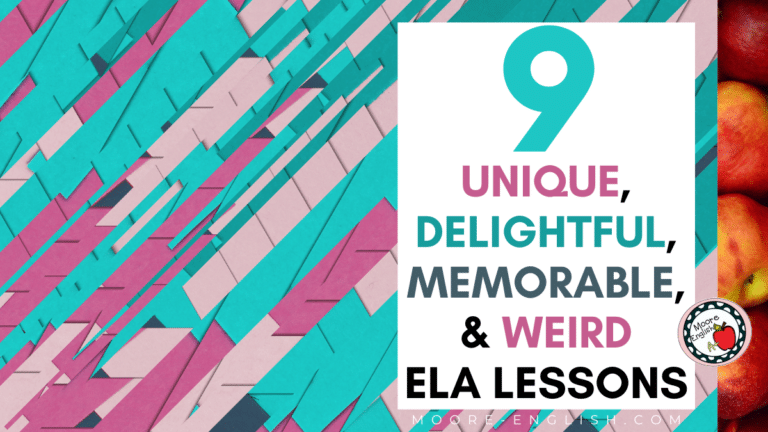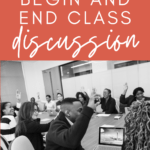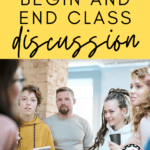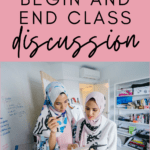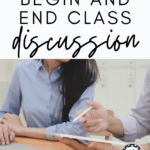Classroom discussions are among some of my favorite instructional strategies. Over the years, I’ve tried different styles of discussion: snowball, fishbowl, whole group, small group, or, my favorite, Socratic Seminar. Each discussion type suits different student and instructional needs.
However, there are four things every teacher can do to elevate any classroom discussion. As a new teacher, these are steps I ignored, but now they are steps I swear by.
This post this post may contain affiliate links. Please read the Terms of Use.
Before Classroom Discussions
Before starting classroom discussions, I employ two strategies. These steps are simple and straightforward but guarantee that all students begin on similar footing and enter discussion with something to reference.
First, start with retrieval practice or activating prior knowledge so students can begin generating topics for discussion. This step takes about 5 minutes but ensures that every student enters discussion with something to reference. Everyone has something written down that they can contribute, so everyone has a chance to engage in the conversation. Here are some different techniques for helping students prepare for discussion:
- Brainstorming questions
- Quick Writes, journals, or brain dumps
- Concept mapping, book maps, or other visualization strategies
- Picking out 2-3 parts of their annotations they are most eager to discuss
After students generate their ideas for discussion, it’s time to establish or re-affirm discussion norms. To establish discussion norms, I simply ask students what behaviors and attitudes make for successful classroom discussions. While each class ends up with a slightly different list, they all have similar characteristics: be respectful, keep an open mind, invite participation, avoid distracting behaviors.
Additionally, I keep a Google Slides that has all of my classes’ discussion norms. Before any classroom discussions, we pull up this slidedeck to revisit our norms and determine which norms we want to work on. By helping students establish and re-affirm discussion norms, teachers communicate discussion expectations.
After Discussion
When discussion finishes, either because the conversation has run its course or because class time is ending, I make sure to provide space for these two strategies.
First, we reflect on the entire discussion. This is the 30,000 feet view of the discussion and helps students begin reflecting by thinking about the entire class. At this point, we return to our discussion norms and chat about which norms we successfully maintained and which ones we want to work on next time. While students share, I add their comments to our Google Slides so we have them for next time.
Next, we engage in individual metacognition. Students transition from thinking about the entire class to thinking about their individual success in discussion. The whole class reflection models thoughtful reflection for students, so now they know how to proceed into their self-reflection.
Depending on where we are in the semester and how much time we have left, there are different ways for students to reflect. At the start of the year, I almost always give students sentence stems to facilitate their metacognition. As we move further into the year, students need less scaffolding and fewer prompts to engage in thoughtful reflection. Here are some strategies that work well:
- Provide sentence stems for reflection: In this discussion, I felt really good about x and want to work on y next time.
- Ask students to grade themselves and to provide a justification for that grade: I should earn _____ because ________.
- Post a reflection question on Google Classroom so students can consider their success
Last Thoughts
One of my favorite aspects of classroom discussion is that students can explore myriad topics while also practicing speaking and listening skills. Furthermore, discussion skills transfer to any content and work in both the in-person and distance learning classroom. Regardless of your teaching situation this year, these pre- and post-discussion strategies will lead students to richer conversations and greater growth.

